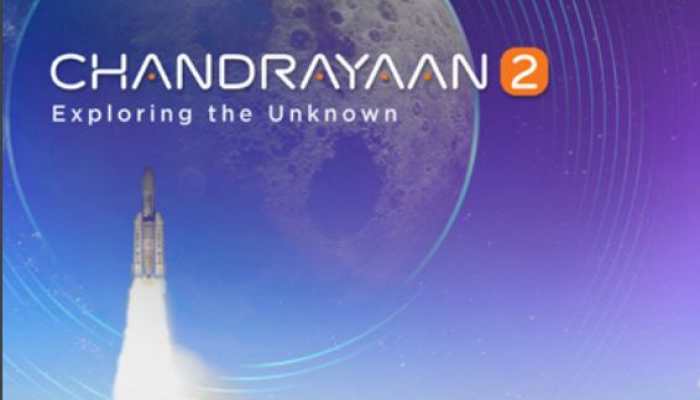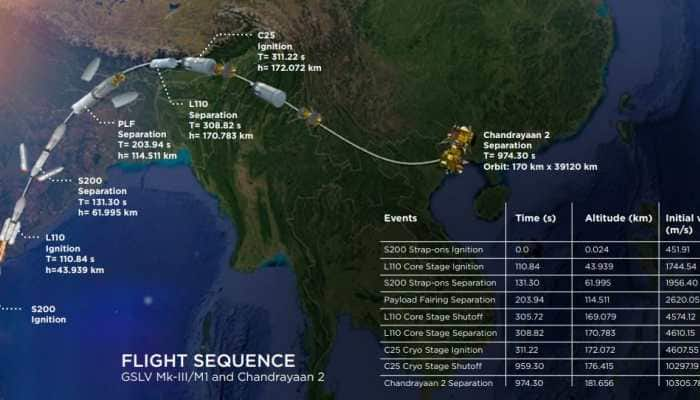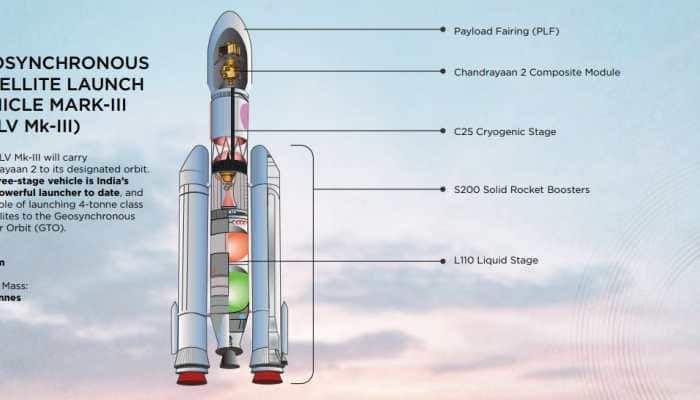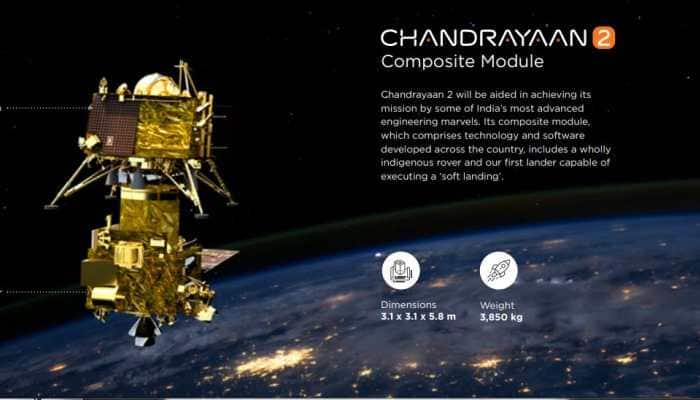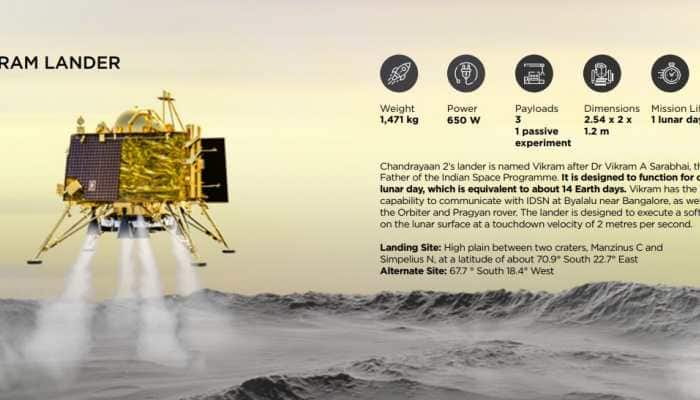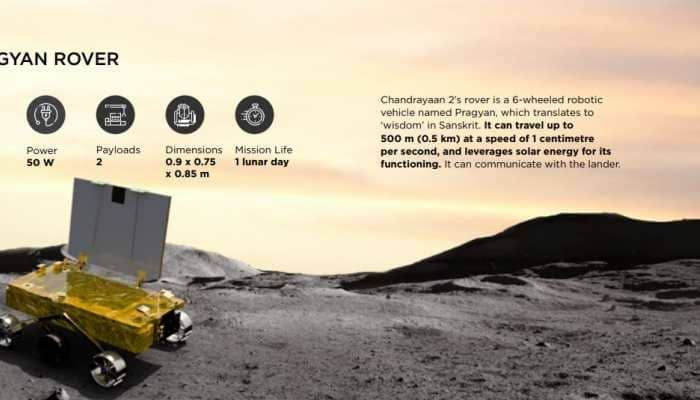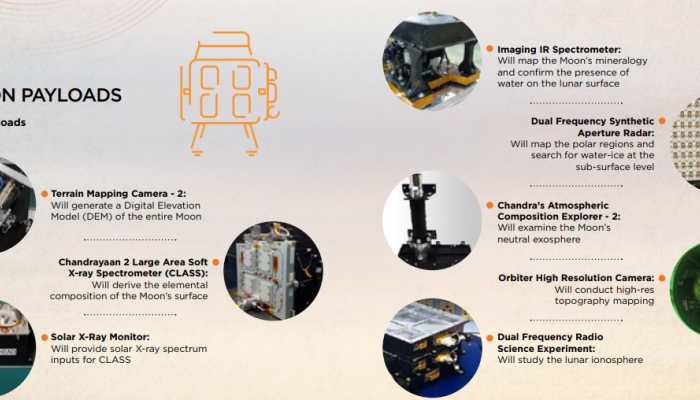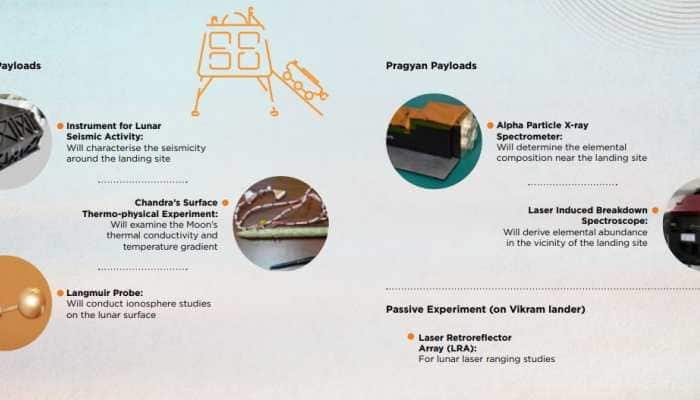Chandrayaan-2: No communication with Vikram Lander yet, Gaganyaan next priority, says ISRO chief K Sivan
"We are trying to set the target of achieving this mission by the next year. For this, we are working on different options. But first of all, we have to understand what really happened to the lander. Gaganyaan is our first priority now," ISRO Chief K Sivan said.
New Delhi: Gaganyaan mission is our next priority now, Indian Space Research Organisation (ISRO) Chief K Sivan said on Saturday, adding that the Chandrayaan-2 mission has achieved 98 per cent of its objectives but they are yet to establish any communication with lander Vikram.
Of Gaganyaan, Sivan said in Bhubaneswar, "We are trying to set the target of achieving this mission by the next year. For this, we are working on different options. But first of all, we have to understand what really happened to the lander. This is our first priority now."
Chandrayaan-2 was India's first mission to the moon. It was just 2.1 kilometers from scripting history when Vikram Lander, carrying Pragyan Rover, lost contact with the space agency. Chandrayaan-2 comprised of three parts – the Orbiter, Vikram Lander and Pragyan Rover.
Since then, ISRO has been making continuous efforts to locate Vikram Lander. Though the location of the lander was traced, communication with it couldn't be established. However, ISRO said that Vikram Lander is intact as a 'single-piece' and not broken into pieces.
"We could not have established any communication with the lander yet. Chandrayaan-2 had two important objectives - science and technology demonstration. We achieved total success in science objective while in the technology demonstration, the success percentage was almost full. That's why the project can be termed as 98 per cent successful," Sivan added.
"At first, we have to understand that what happened with the lander, after that we will think what to do in further," the ISRO chief further stated.
Chandrayaan-2 was India's first attempt at landing a spacecraft on the moon. Before India, only the US, Russia and China have managed to place a spacecraft on the moon so far.
The Orbiter's mission life is seven years, during which it will study the lunar surface, the moon's atmosphere and attempt to estimate the quantity of iced water on Moon.
"Orbiter continues to perform scheduled science experiments to complete satisfaction. There are eight instruments in the orbiter and each instrument is doing exactly what it meant to do," Sivan said, reports news agency IANS.
"The orbiter was initially planned for a year, but with the optimum mission planning there is every possibility that it will last for another seven and a half years benefiting us for science experiments," he added.
(With IANS inputs)
Photo Gallery
Stay informed on all the latest news, real-time breaking news updates, and follow all the important headlines in india news and world News on Zee News.
)
